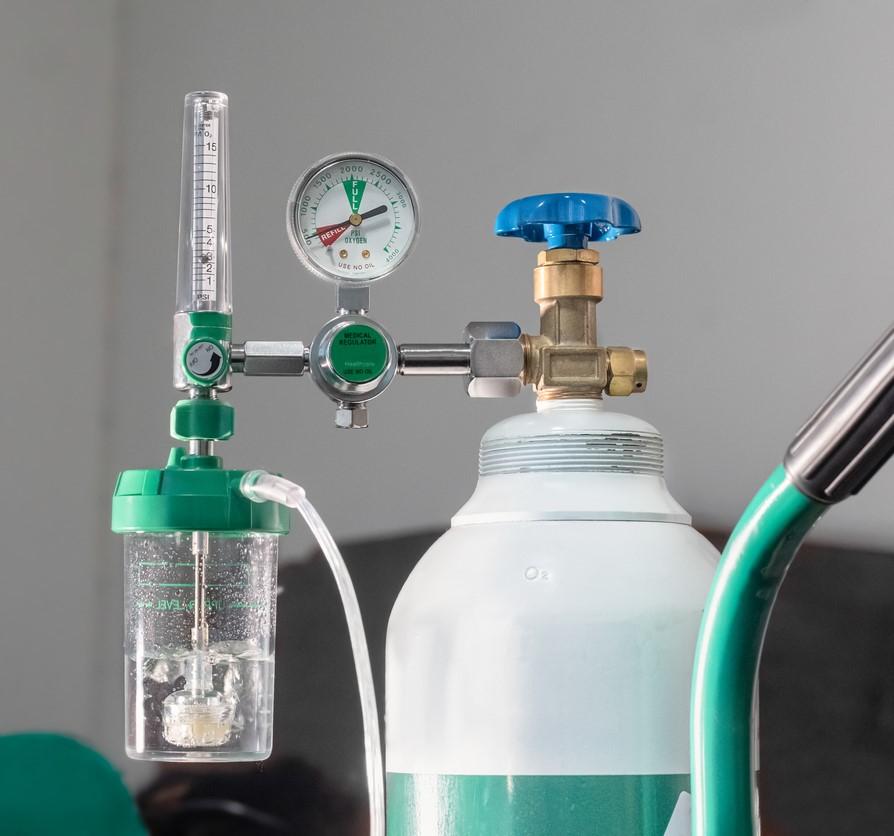The global number of COVID-19 cases topped 100,000 cases today and approached 102,000, according to tracking sites that record new cases in real-time, with cases surgin in several European countries in addition to Italy, and with no let-up in two other hot spots: South Korea and Iran.
At a media briefing today, World Health Organization (WHO) officials said a research and development roadmap has now been published, based on a global expert meeting held last month. The report distills research priorities into nine key areas.
WHO Director-General Tedros Adhanom Ghebreyesus, PhD, said may efforts are well under way, adding that the WHO has received prequalification applications for 40 diagnostic tests and about 20 vaccines are under development.
WHO notes stretched oxygen supplies
He also said the WHO is monitoring supplies of 20 essential devices and noted that some areas are experiencing shortages of medical oxygen. Efforts are onging with partners to increase access, he said.
The WHO estimates that about 15% of COVID-19 illnesses are critical and require oxygen.
Several more countries reported their first cases, including Cameroon, Serbia, Bhutan, Peru, Slovakia, and Colombia. Cameroon's case was linked to a traveler from France, and Serbia's case occurred in a traveler from Hungary.
Bhutan said its confirmed case-patient had traveled to India. Peru's patient had been in three European countries. Slovakia's first patient had not traveled, but his son had recently visited Venice, and Colombia's patient had visited Italy.
In its situation report today, the WHO said that, over the last 24 hours, 17,481 cases, including 335 deaths, have been reported outside China from 88 countries.
Cases surge in Italy, elsewhere in Europe
Italy's health ministry today reported 778 new cases, along with 49 new deaths—more than any previous day. The developments push the country's overall totals to 4,639 cases and 197 deaths. Though cases and some clusters have been reported in all of Italy's regions, three northern ones—Lombardy, Emilia-Romagna, and Veneto—have had by far the most cases.
Vatican City has reported its first case, which came just days after Pope Francis tested negative, according to a media report that quoted a Vatican spokesman. Masses have been suspended from Mar 9 through Mar 13 in the three hard-hit regions, plus a few provinces in two other regions.
A joint team from the WHO and the European Centre for Disease Prevention and Control (ECDC) today wrapped up a 12-day mission to Italy and issued an assessment, which recommends that the country continue containment measures, focusing on suspect case identification and testing across the whole country.
The team also recommended a combination of other strategies to areas where the disease is widespread. The combination prioritizes patient isolation, treatment, and hospital preparedness.
The WHO and ECDC experts also said Italy can be a "knowledge-generating platform" to help the science community better understand the virus and its behavior.
Though Italy is the epicenter of activity in Europe, several other nations are reporting accelerating cases, including the United Kingdom, which reported 47 new cases today, raising its total to 163—double what it was 2 days ago. Switzerland today reported 94 new cases, boosting its number to 181, and France reported 190 more, increasing its total to 613.
South Korea reports steady rise but lower death rate
South Korea today reported 518 new cases, along with 8 more deaths, raising the total to 6,284 cases, 42 of them fatal. The Korea Center for Disease Control and Prevention said about 70% of its cases are linked to clusters.
A report earlier in the week from the South China Morning Post noted that South Korea's mortality rate is estimated to be 0.6%, much lower than earlier estimates for China and much lower than the 3.4% the WHO has noted, based on raw global data. Experts said the lower estimate may reflect wider and aggressive testing by South Korea, which may produce a truer picture of the mortality rate.
Who officials said today at a media briefing that estimating case-fatality rate during an epidemic is a moving target and serology studies are desperately needed to assess how many people are infected, a number that would help experts more accurately calculate morality from the virus.
In other Asian developments:
- China reported 143 new cases, 30 more deaths, and 215 fewer serious cases, bringing its totals to 80,552, 3,042, and 5,737, according to the National Health Commission. Of the new cases, 126 were in Hubei province.
- Japan reported 53 new cases today, up from 26 new infections yesterday and raising its total to 366, according to the country's health ministry. Japan lists its overall total at 407 cases, which includes 41 asymptomatic carriers. The new cases were from 14 different prefectures.
- Singapore today reported 13 new cases, raising its total to 130, according to the health ministry. Of the new cases, 9 were linked to a private dinner function, 1 to a previous case, 2 likely imported, and 1 with no known link.
Iran cases approach 5,000
Elsewhere, Iran's health ministry reported 1,234 new cases and 16 more deaths, boosting its overall totals to 4,747 cases, which includes 124 deaths.
Iran, which has already cancelled schools, is starting to limit travel to some affected areas, the BBC reported.
Iran has the world's third-highest COVID-19 case total, behind China and South Korea. Italy is the only other country with more than 4,000 infections. No other country beside those four has topped 700 confirmed cases.




















